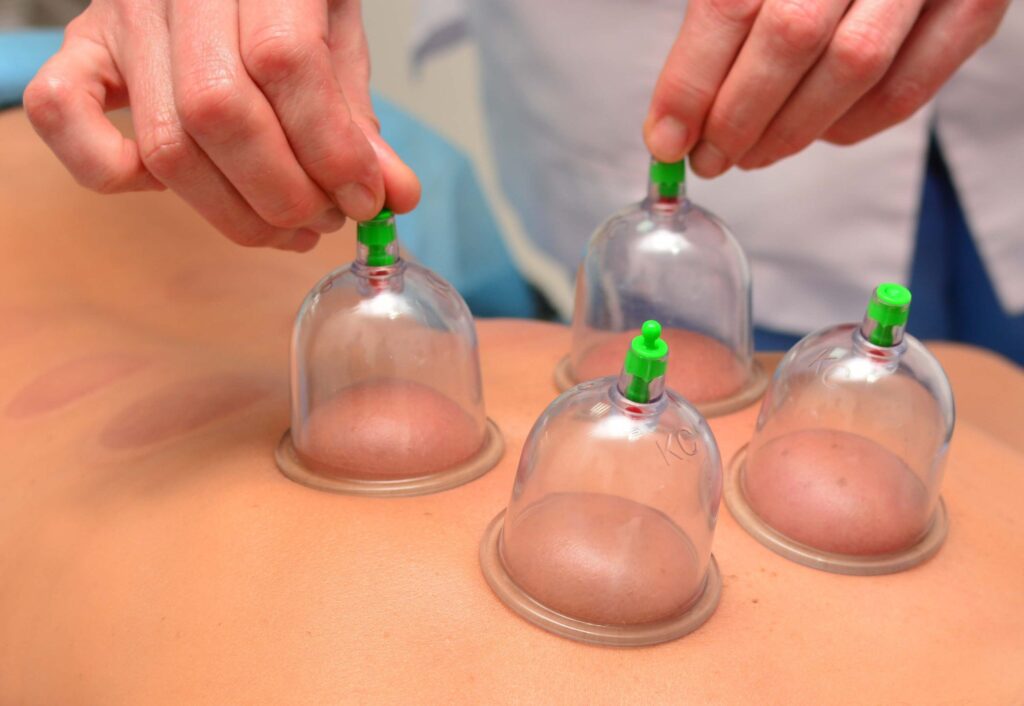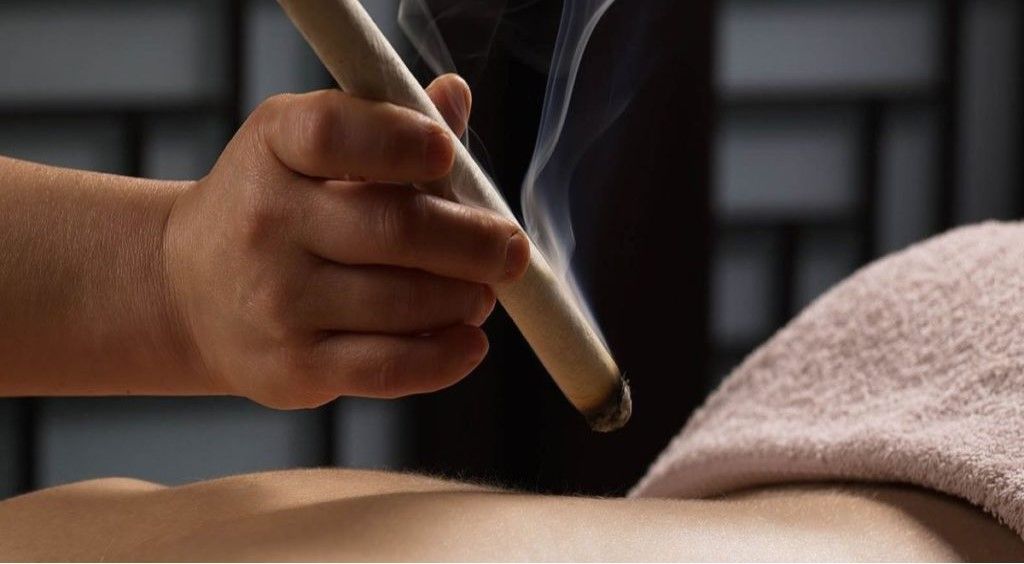Our Western medicine is developing and advancing rapidly, but it is still relatively young compared to traditional healing methods that have been used since ancient times in China, Egypt, and India.
The system of traditional treatment methods is based mainly on looking at the human body as a whole. Thus, the therapist does not focus on one part of the body, but looks for connections. Diagnosis therefore consists in finding the cause of the difficulties and not only in eliminating the consequences. Although even today, doctors often attribute health problems to so-called psychosomatic causes, especially when people come with a problem but the diagnosis does not reveal the cause. In practice, this means that, for example, the cause of pain or excessive fatigue cannot be found even from blood, X-rays or MRI.
Diagnosis according to traditional Chinese medicine is a process of discovery and investigation.
Physiotherapy procedure according to traditional Chinese medicine (TCM):
Most often, diagnostics take place on several levels. One of the basic methods is very detailed questioning. In practice, this means that the therapist asks about many areas, even those that seem unrelated to your problems. For example, if you have frequent headaches, the therapist will ask you about your diet or gynecological history.
The more detailed the information, the more accurately the cause, the so-called root of the problem, can be revealed. The therapist is usually interested in eating, defecating, drinking, feelings of heat or cold, sleep, pain and its intensity and time, but also in lifestyle and relationships.
Subsequently, the so-called pulse diagnostics and diagnostics from the tongue are performed. In China, the principle is applied that the system of our body is mirrored on certain parts of the body, e.g. on the foot or hand, which is what reflexology therapy is based on. There is also a map of areas on the tongue that correspond to organs in the body.
After a detailed interview, pulse reading, and language diagnostics, the therapist assembles a mosaic of information.
The recommended therapy is then determined. This involves the use of various techniques such as massage, cupping, traction, pressure techniques – acupressure, or acupuncture. The effect of heat in the form of heating sticks, so-called moxibustion, is also used. The client often also receives some dietary recommendations based on his constitution and herbal products to support a return to a state of balance.

Many doctors are trying to connect a holistic approach and a Western perspective, and that is why some decide to subsequently study traditional Chinese medicine. The connection between physiotherapy and traditional Chinese medicine is also popular with Renáta Zemin. In case of any questions or difficulties, you can use the “Therapy according to traditional Chinese medicine” service at Rehabklinik, where the first consultation includes the aforementioned diagnostics.
